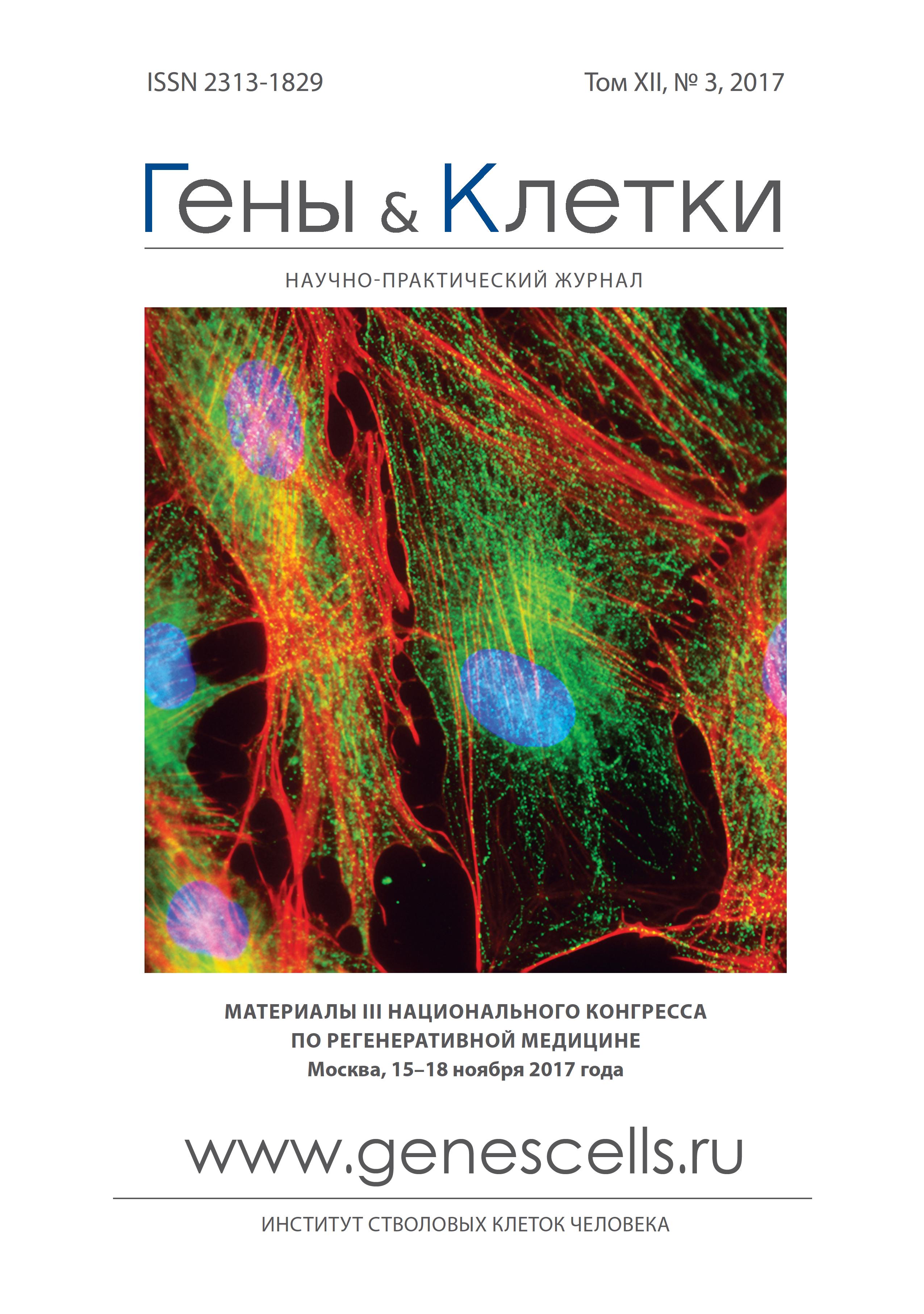GENE THERAPY USING PLASMID DNA ENCODING VEGF164 AND FGF2 GENES FOR THE TREATMENT OF HORSE TENDINITIS AND DESMITIS: CASE REPORTS
- Авторлар: Litvin Y.1, Kovac M.2, Aliev R.2, Zakirova E.1, Rutland C.3, Kiyasov A.1, Rizvanov A.1
-
Мекемелер:
- Kazan Federal University
- Moscow State Academy of Veterinary Medicine and Biotechnology
- School of Veterinary Medicine and Science, Faculty of Medicine, University of Nottingham
- Шығарылым: Том 12, № 3 (2017)
- Беттер: 17-17
- Бөлім: Articles
- ##submission.dateSubmitted##: 05.01.2023
- ##submission.datePublished##: 15.09.2017
- URL: https://genescells.ru/2313-1829/article/view/120759
- DOI: https://doi.org/10.23868/gc120759
- ID: 120759
Дәйексөз келтіру
Толық мәтін
Аннотация
Толық мәтін
Tendon or ligament injuries are one of the most common causes of orthopedic disorders in horses (Equus caballus) of any age and breed. Injuries of the digital flexor tendons (superficial and deep digital flex ors) and the suspensory ligament are of utmost clinical importance in the horse resulting in more than 98% of all cases observed in practice. We have designed a plasmid DNA-based genetic construct (named pBUDK-ecVEGF164-ecFGF2) to restore damaged connective tissue of the tendon and ligament. Recombinant plasmid contains coding sequences of Equus caballus protein growth factors VEGF164 (also known as VEGFA164) and FGF2 (also known as bFGF). The generation of plasmid DNA pBUDK-ecVEGF164-ecFGF2 has been previously described in «doi: 10.1 007/ s12668-016-0273-2». In this clinical study, for the first time we successfully used the direct gene therapy to restore severe injuries of the suspensory ligament branch and superficial digital flexor tendon in horses (Equus caballus). We injected the plasmid DNA encoding two therapeutic species-specific growth factors: vascular endothelial growth factor (VEGF164) and fibroblast growth factor 2 (FGF2) at the site of injury in the suspensory ligament branch and tendon. Treatment effects were evaluated with the use of clinical observation and ultrasound imaging during a period of a few months. We showed that gene therapy used within a period of 2-3 months after the injury resulted in the complete recovery of functions and a full restoration of the severely damaged suspensory ligament and superficial digital flexor tendon.Авторлар туралы
Y. Litvin
Kazan Federal University
Email: litvin108@yandex.ru
M. Kovac
Moscow State Academy of Veterinary Medicine and Biotechnology
R. Aliev
Moscow State Academy of Veterinary Medicine and Biotechnology
E. Zakirova
Kazan Federal University
C. Rutland
School of Veterinary Medicine and Science, Faculty of Medicine, University of Nottingham
A. Kiyasov
Kazan Federal University
A. Rizvanov
Kazan Federal University
Әдебиет тізімі
Қосымша файлдар








